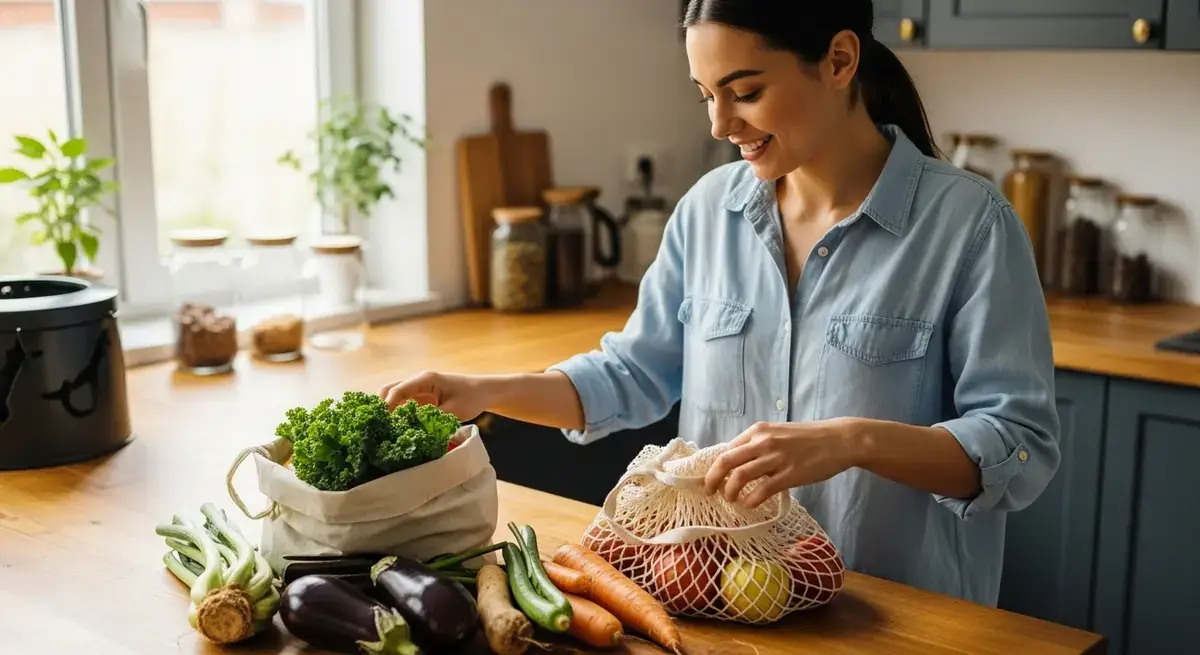Simple and Practical Tips for Embracing a Sustainable Lifestyle
Sustainability goes beyond just a trend—it's a vital commitment to preserving our planet for future generations. Each of us holds the power to make a meaningful difference through simple, everyday actions that protect the environment. With 90% of German consumers prioritizing sustainability, it’s clear that eco-friendly living is becoming the new norm (Source).
What Sustainability Really Means for Your Daily Life
Sustainability means meeting our present needs without jeopardizing the ability of future generations to do the same. It involves a broad range of habits, from conserving natural resources to minimizing waste and reducing pollution. Every choice we make—from the products we buy to how we dispose of them—shapes our environmental footprint. Being mindful of these impacts is the first step toward more responsible living (Source).
Why Sustainable Choices Matter More Than Ever
Sustainability is no longer optional; it’s a necessity. Around 42% of Germans actively consider sustainability in their daily decisions, reflecting a growing cultural shift (Source). The United Nations’ 2030 Agenda further highlights the urgent need for sustainable practices worldwide, pushing individuals and industries alike to act (Source).
How to Eat in a Way That Supports the Planet
What you eat has a direct impact on the environment. Animal-based foods are responsible for roughly 80% of the carbon emissions tied to diets, making them a major factor in climate change (Source).
Simple Steps to Adopt Sustainable Eating Habits
- Choose seasonal and locally grown produce to cut down on transportation emissions.
- Incorporate more plant-based meals into your routine—many universities now offer daily vegan options to make this easier than ever (Source).
- Reduce food waste by planning meals carefully and using leftovers creatively.
Cutting Down Waste: Make Every Bit Count
Food waste is a massive environmental challenge. In the U.S., for example, nearly 40% of edible food is discarded, with waste peaking during holiday seasons like December (Source).
Practical Ways to Reduce Waste at Home and Beyond
- Plan your meals to buy only what you need.
- Compost organic scraps instead of sending them to landfills.
- Participate in local food-sharing initiatives such as Fairteiler, which help redistribute surplus food within communities (Source).
Save Energy, Save the Planet: Easy Home Tips
Household habits contribute significantly to energy consumption. Using pressure cookers can save over 70% of energy compared to conventional cooking methods, and maximizing natural daylight reduces the need for artificial lighting (Source).
How to Cut Energy Waste Effectively
- Switch to energy-efficient appliances whenever possible.
- Keep your vehicle’s tire pressure at optimal levels to improve fuel efficiency.
- Turn off devices when not in use and unplug chargers to avoid “phantom” energy drain (Source).
Choose Greener Ways to Get Around
Transportation is a leading cause of air pollution worldwide. Air travel alone has a substantial environmental footprint (Source).
Embrace Sustainable Mobility Options
- Use public transportation, bike, or walk whenever possible.
- Explore car-sharing programs and consider electric vehicles to reduce emissions (Source).
- Cut down on single-use plastics during your travels by bringing reusable water bottles, bags, and utensils.
Leading a sustainable lifestyle doesn’t require drastic changes—small, consistent steps add up to a big impact. By adopting these practical tips, you’ll be part of a growing movement that cares deeply about the planet’s future. Every effort counts, and together, we can build a healthier, more sustainable world.


